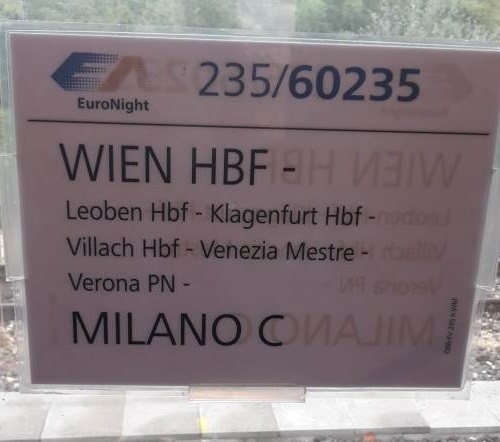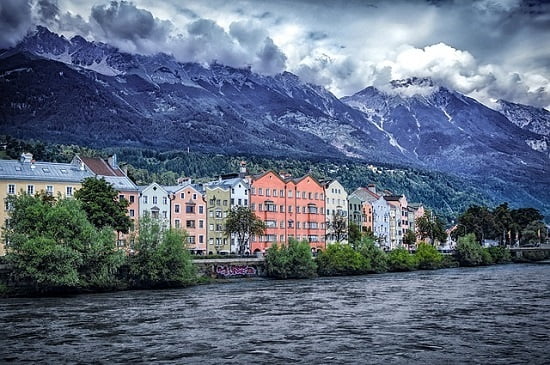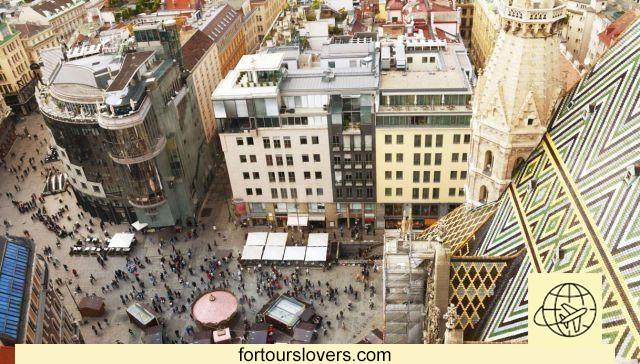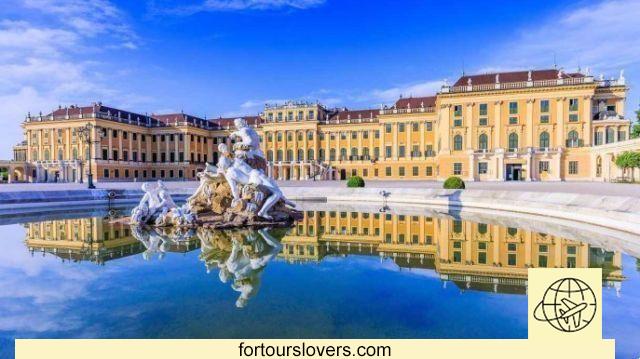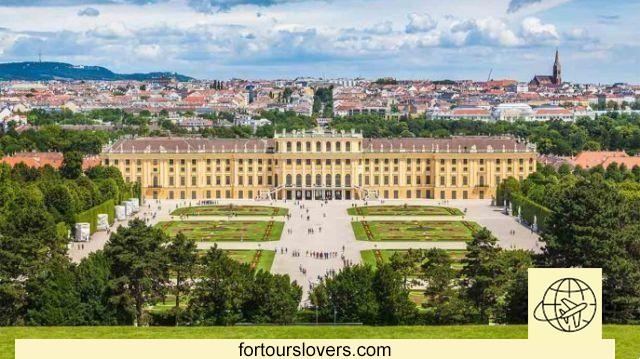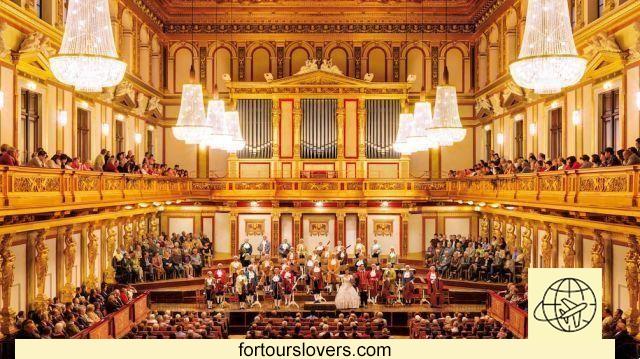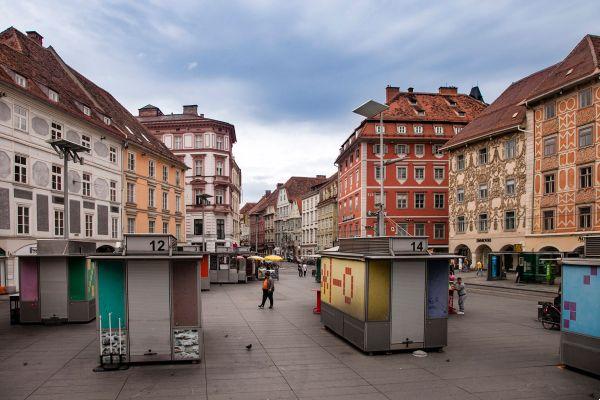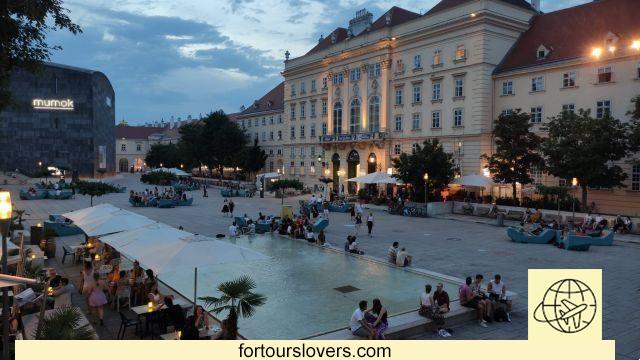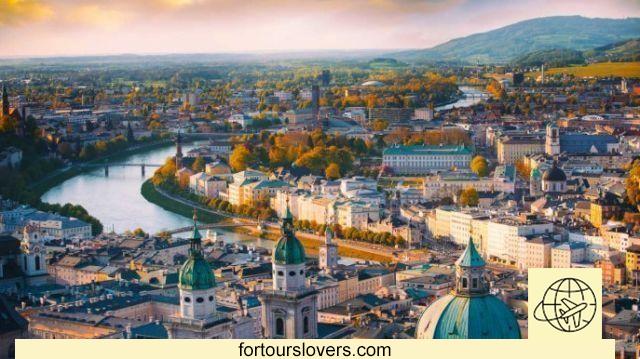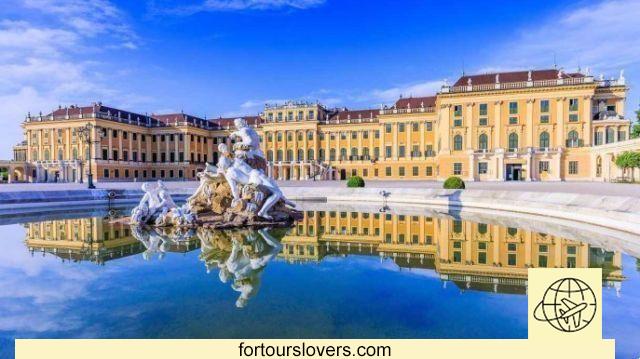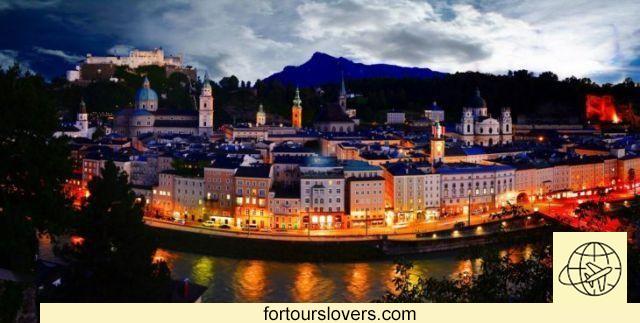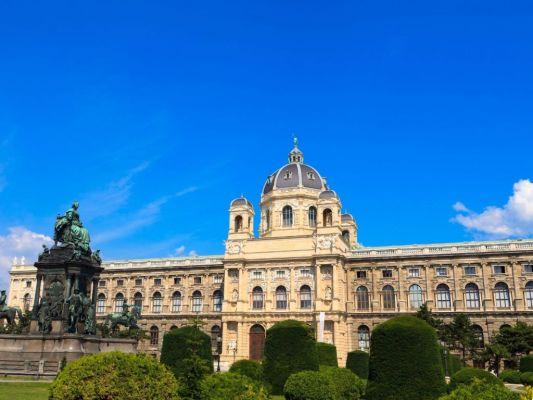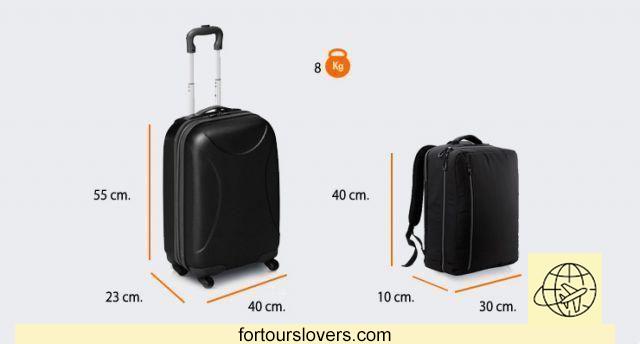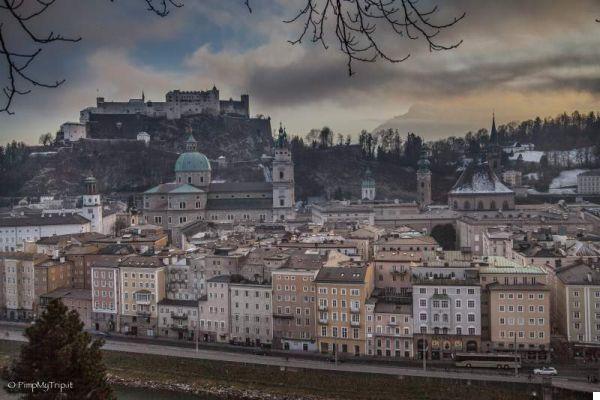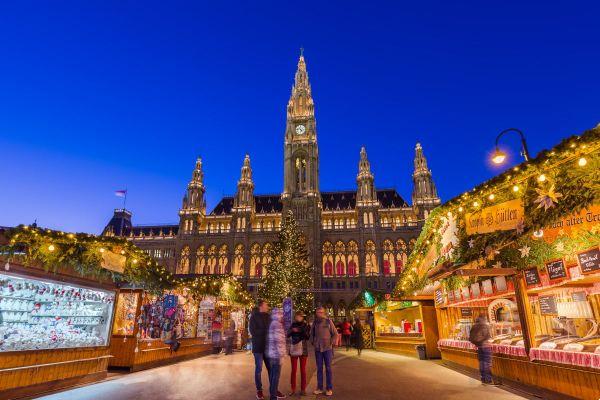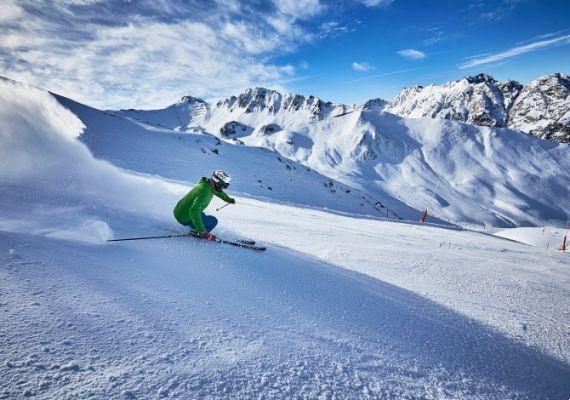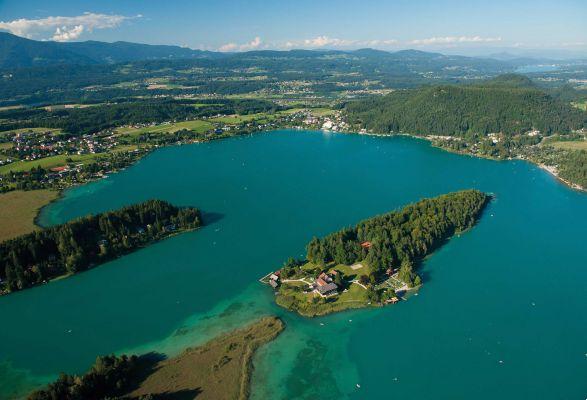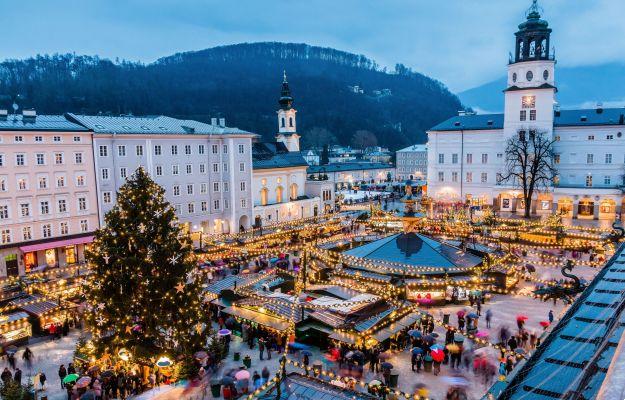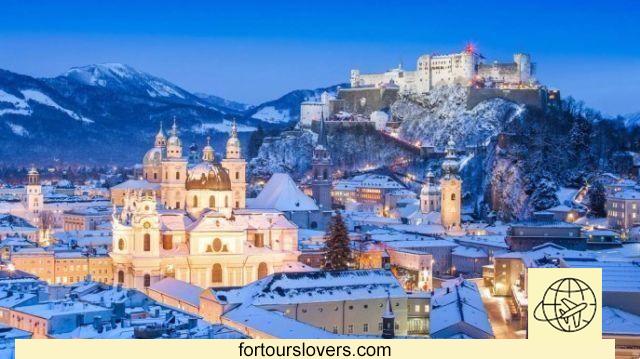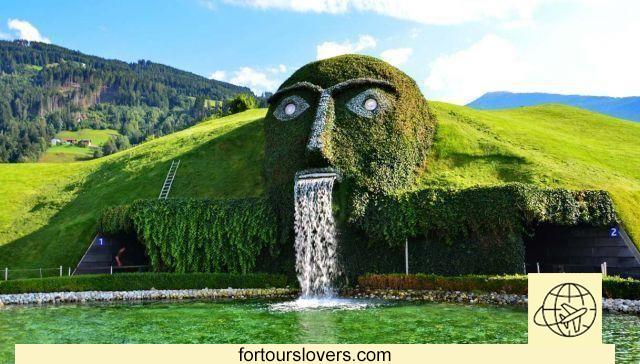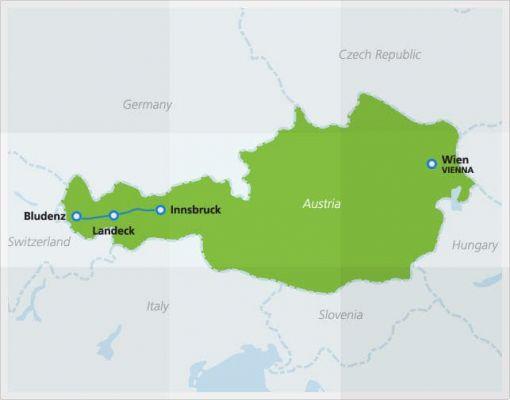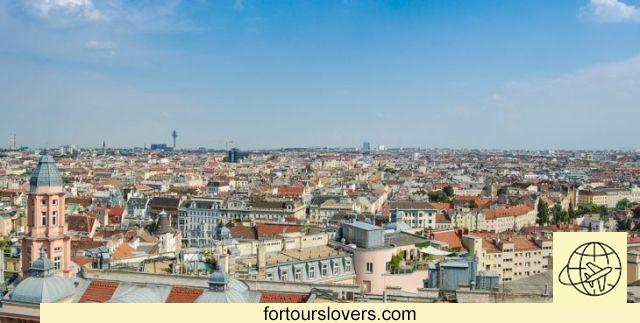
Vienna
11 things to do and see in Vienna and 1 not to doWhat has already been said about others applies to Vienna "Monumental cities" such as Venice, Florence, Budapest and Prague. It is a city so rich in churches, museums, monuments, art and culture that it would take weeks to see everything properly. Therefore, unless you have a lot of time (and resources) available, once in the city it is necessary to make a selection of things to do. Most of all, however, you have to tune in to millennial history area of Austrian capital, learning to appreciate its complexity, that mixture of ancient and modern where there is room for everything: from the majesty of the palaces symbol of the Habsburg power, to modern and contemporary art of MuseumsQuartier, to the "green" atmospheres of Prater, the largest public park in the city. A mix so successful that for years Vienna has been at the top of almost all the world rankings that measure quality of life. Quality of life that remains stuck on the millions of visitors who flock to the city every year to learn more about it "Central European spirit" which made it famous all over the world despite all kinds of adventures. For the list of recommended hotels click here. Below, our list of the best things to see in Vienna. Happy reading.
1 Ringstrasse
The most beautiful avenue in the world. This is the unanimous opinion of the Viennese, which is also shared by many tourists. Ringstrasse (o Ringstraße) measures about 5 kilometers, begins and ends in a canal of the Danube and has a characteristic horseshoe shape. It was built by the King Franz Joseph I of Habsburg. We had realized, in fact, the uselessness of medieval walls which, on the one hand, constituted a barrier betweenHofburg (the royal palace) and the neighborhoods of the city bourgeoisie; on the other, however, they had not prevented the entry of Napoleonic troops into the city. For this reason it was decided to tear down the fortified walls and replace them with a large one tree-lined avenue where all the main city buildings gradually began to rise. From the former Stock Exchange building (stock market), at Votivkirche (church built by Francesco Giuseppe as a vote to escape an attack by a Hungarian independence activist), without forgetting theUniversity, Parliament (see photo), the town hall (Town hall), And Natural History museums (Naturhistorisches Museum), Art history (Kunsthistorisches Museum) And the National Opera Theater (Burgtheater). A gigantic urban transformation work that went on throughout the second half of the 800th century according to the canons ofhistoricist architecture which involved the reinterpretation and updating of the main styles from the past (the classical style becomes neoclassical; the gothic becomes neo-Gothic, the Renaissance neo-Renaissance etc.).
2 St. Stephen's Cathedral
Stephen's Cathedral is a compendium perfect of millennial history of the city. The traces of Romanesque, Gothic e barocco they testify to the evolution of architectural styles and, on the other hand, allow us to reconstruct the vicissitudes, wars and dynasties that have crossed the heart of Europe. To say, the bell tower of the North Tower, the legendary Pummerin, it is said to have been built by melting the metal of the hundred or more cannonballs that the Turks threw at medieval walls of Vienna. The result was one of the largest and most beautiful bell towers in Europe. However, this is not the only record. To see there is above all the South Tower, the highest of the four in the Cathedral. Renamed "Steffi", this tower high 137 meters it is scalable to the summit at the end of over 300 steps. An enterprise not within everyone's reach but which pays off with one of the most beautiful views of Vienna. To see inside the Pilgrimkanzel, pulpit in Gothic style decorated with the bas-reliefs of the Fathers of the Church; there red marble tomb of Emperor Frederick III; the statue of Christ of Toothache (according to legend the punishment that Christ would dispense to sinners) and the statue of the Madonna of Pécs, "Assistant" of Prince Eugene of Savoy in the victorious battle against the Turks. It's not over, because there are catacombs with the crypts of the bishops, the ducal one, and there is the Stone Museum with the gargoyles (animal figures), stones and other decorations that originally designed the church. After 1945, in fact, the Cathedral of Santo Stefano, extensively remodeled by bombing and a vast fire, was the subject of an impressive restoration campaign which ended only a few years later. For more information on history, timetables, prices, guided tours and contacts consult the Official site (there is also a Spanish translation): www.stephanskirche.at
3 Hofburg
At the beginning we wrote that to visit Vienna properly it takes weeks. The Hofburg, winter residence of the Habsburg dynasty, confirms this premise. A real "City within the city" whose original construction predates the Habsburgs. However, it is undeniable that the buildings, the gardens, the museums, towers, forts, stables and chapels built from the thirteenth to the twentieth century testify to the "grandeur" of this dynasty which for centuries ruled Austria and many other regions of Europe. Among the many things to see we point out the Royal Apartments (Kaiserappartements); the Silverware Museum (Silberkammer, not to be confused with Schatzkammer, the Museum of the Sacred and Profane Treasure); that of Princess Sissi (Sisi Museum, with a single "s"); the Spanish Riding School (Spanische Hotfreischule) and the two Art History Museums (Kunsthistorisches Museum) and Natural History (Naturhistorisches Museum), which we have already mentioned about the Ringstrasse. Currently the Hofburg where, it should be remembered, the Congress of Vienna in 1815, is the official residence of the President of the Austrian Republic. With a single ticket you can visit the Royal Apartments, the Silverware Museum and the Sissi Museum (here the brochure with all the info).
For other attractions see their respective sites:
Spanish Riding School (www.srs.at)
Art History Museum (www.khm.at)
Natural History Museum (www.nhm-wien.ac.at)
National Library (www.onb.ac.at)
4 Schönbrunn Palace
Since 1996 UNESCO World Heritage Site, Schönbrunn Palace is undoubtedly one of the most important testimonies ofbaroque art in Europe. The first building, however, dates back to the fourteenth century. On the estate, originally known by the toponym of "Katterburg" agriculture and viticulture were practiced, and there was also a large mill for processing wheat. It was Leopold I, at the end of the seventeenth century, to want the transformation of the area into a Imperial hunting lodge for the heir to the throne Joseph I.. However, the premature death of the latter in the early 700s led to the partial setting aside of the project, with the use of the castle and the adjacent park as a widow's residence Wilhelmina Amalia, consort of Joseph I. It was theempress Marie Antoinette to resume the majestic initial project with determination. The idea was to compete with the palace of Versailles, the royal residence of the Bourbons of France. Despite missing the mark (Schönbrunn has “only” 1441 rooms!) The castle soon became the summer residence of the Habsburgs. Joseph Francis I., the longest-lived ruler of the royal family, in office continuously from 1848 to 1916 (he was born in 1830), was the king who lived the longest in the residence, especially after the death of his wife, Princess Sissi. From 1918 Schönbrunn Palace is the property of the Austrian Republic and almost immediately became one of its own cultural monuments most important. For the history, the times, the prices and guided tours (different formulas are provided) consult the Official site: www.schoenbrunn.at
5 Belvedere Palace
Built in the early '700 by the famous architect Johann Lucas von Hildebrandt the Belvedere was born as summer residence of Prince Eugene of Savoy (1663-1736). The palace, which together with Schönbrunn Palace, represents one of the most beautiful baroque monuments in Europe (agreeing, not surprisingly, the Unesco protection), stands on two levels. In Lower Belvedere (unteres) there are the private rooms and the state rooms that belonged to the prince. The feudal pomp of this aristocrat stands out who, in addition to being a very talented leader, was also a lover of the arts, books and architecture. In these elegant spaces overlooking the garden they are often set up exhibitions e retrospective on Austrian artists of the past. The Upper Belvedere (oberes)instead, it houses the largest collection in the world of Gustave Klimt, a Viennese artist who lived between the XNUMXth and XNUMXth centuries. In addition to Klimt's paintings on the second floor there are other works by internationally renowned painters including Many e van Gogh. For more information on exhibitions, timetables, prices and guided tours consult the Official site: www.belvedere.at.
6 Prater
Woe to identify the Prater with the only one Ferris wheel. Okay, you can't say you've been to Vienna if you don't step foot on the wheel, but there's so much more to see and do. For example, right next to the carousel is the Madame Tussauds waxwork museum. The statues, about seventy, represent some of the most famous personalities in Austrian history: theemperor Franz Joseph I Princess Sissi, painter Gustave Klimt and other. Over time, alongside these historical figures, statues of actors and celebrities were also added. Here too, just to mention a few, without claiming to be exhaustive: Johnny Depp, Nicole Kidman, Angelina Jolie e Michael Jackson. But that's not all because after the ride on the wheel and the visit to the wax museum there are many other entertainment designed especially for the youngest (Turbo Boost, Bungee Jump, Ejektion Seat, Skyfall, Space-Shot etc.). As if that were not enough, the Prater in addition to being a modern one playground it is also a great one "Green lung" where it's nice to do jogging, go to bicycle, walk or, why not, lie down on the lawn. There is obviously no lack of restaurants e breweries where to try the typical dishes of Viennese gastronomy.
7 MuseumsQuartier
Opened in the 2001, the MuseumsQuartier it soon gained international attention (the figures speak of over 3 million visitors a year) for the extraordinary versatility his cultural offer. They range from the works of Picasso and Warhol kept in the "Mumok" (acronym for Museum Moderner Kunst Stiftung Ludwig Wien), to those of Egon Schiele, the main interpreter of Austrian expressionism who died at the age of only 28 (Leopold Museum). In the middle - so to speak - the Museum of Contemporary Art (Kunsthalle Wien), that of architecture (Architekturzentrum Wien), and especially the Children's Museum (ZOOM Kindermuseum) which we will talk about a little more in depth later. But that's not all, because in this area of 90.000 square meters. a stone's throw from the Ringstrasse, also take place dance performance, film festival, readings e DJ set. Not to mention the presence of several bar e restaurants where to refresh and spend pleasant hours alone or in company. To learn more, consult the Official site: www.mqw.at
8 Hundertwasserhaus
Hundertwasser is a social housing complex located in the eastern area of Vienna. Built between 1983 and 1985 it was designed by architects Friedensreich Hundertwasser (hence the name) e Josef Krawina. The peculiarity of the structure lies in the colors different of each apartment and in the green all around. A pioneering work, inspired by the principles of bio-architecture, which became popular within a few years tourist destination with the appearance of shops, bars and cafes that "reinforce" thehippie atmosphere of the neighborhood. The accommodations are of property of the municipality which selects tenants also taking into account their artistic aptitudes. In short, in Vienna, art is at home in all senses, and the city demonstrates every day, not only to know how to make use of the heritage of the past, but also to support contemporary art that will inevitably constitute the heritage of tomorrow. For more info about the building and the neighborhood visit the Official site: www.hundertwasser-haus.info
9 Trip on the Danube
What has already been said about Budapest applies to Vienna: a must-do list is a must boat trip on the Danube. Several formulas available: from simple ride, All 'appetizer, until the restaurant on board; as well as different are the shipping companies and possible routes. Among the many we point out the NationalParkBoot which from Vienna leads up to Lobau, a verdant plain famous, among other things, for being frequented during the summer months by naturists and nudists. Lobau is an integral part of the Donau-Auen National Park which “unites” Vienna and Bratislava, capital of Slovakia. If there is a way, visiting the park is certainly another thing to do. For more info on the Danube trip see: www.ddsg-blue-danube.at
10 Mozarthaus
When it is said that Vienna is one "monumental" city, we must not only mean the palaces, churches and countless works of art present. The adjective should also be extended to extraordinary personalities who lived in the city. We have already mentioned some of them, but it would be a crime not to remember Mozart, Beethoven e Schubert. The houses in which these great composers lived have become as many museums, so much so that they are different city tours that of "Places of musicians" it is one of the most popular. See them all (en passant we remember that in Vienna there is also the Freud's house) is a matter of taste or, better still, of the "cut" you intend to give to the holiday. If you really have to choose, our advice is there "Mozarthaus" not far from the splendid Cathedral of Santo Stefano. In reality, the house in question is only one of the dozen in which the great composer from Salzburg lived during his Viennese residence. The value, if we want to define it that way, is that it has remained the only one more or less intact, unlike all the others that have been demolished, incorporated, transformed by the subsequent building. There is also another reason that explains its popularity: in this large apartment where he lived for three years (from 1784 to 1787), Mozart composed The Marriage of Figaro one of his most successful works. For more information on prices and visiting hours consult the Official site: www.mozarthausvienna.at.
11 In Vienna with children
At the beginning we said that Vienna is a monumental city, a metropolis where the main attractions are churches, monuments, museums and castles. At first glance, therefore, it is easy to consider it a destination not suitable for families with children. Mistaken! In fact, unlike other cities of art, Vienna also offers a lot for the entertainment of the little ones. Moreover, the many games of the Prater to disprove the prejudice, but there is much more. Don't miss it Zoom Children Museum inside the real citadel of art that is the MuseumsQuartier. It is, as the name suggests, a museum space designed exclusively for the entertainment and cognitive growth of children who here have the opportunity to paint, play, see cartoons and compete with the most modern technologies. On the latter point, even better than the Zoom Children Museum, there is the Technisches Museum Wien, the City Technical Museum. Inside, in fact, there is a large area for children aged 2 to 6 who have the opportunity to intuitively learn some of the most common electromagnetic phenomena. Finally, do not miss the zoo inside the Schönbrunn Palace we talked about earlier. Awarded four times as the best Zoo in Europe, it hosts over 500 species of animals including rhinos, hippos, Siberian tigers and polar bears (see photo). In short, Vienna is truly a complete city, you just need to get organized in time.
For more information, on prices, timetables and guided tours, consult the official websites.
www.kindermuseum.at
www.technischesmuseum.at
www.zoovienna.at
1 Do not violate the rules of civil coexistence
Vienna, we said, is ai first places to the world for quality of life. Transportation is very efficient; there is artistic-cultural ferment; there is attention to public parks; common areas and safety problems are the physiological ones of any big city. In short, you live well. This welfare is "Well being" as it is fashionable to say now, however, it rests on a whole series of "unwritten" rules on which, moreover, we have already focused when we talked about Munich. Never board public transport without a ticket; do not walk on cycle paths; leave the left lane free on the escalators… these are just some of the informal rules that the Viennese really care about. Respecting them is an essential condition for get in tune with the city and its inhabitants.




